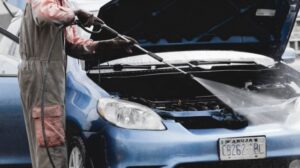
From Power Problems to Water Pressure: Solving Your Cordless Pressure Washer Issues
Cordless pressure washers are a convenient and portable way to tackle outdoor cleaning tasks. However, like any power tool, they can develop issues that prevent
Cordless pressure washers provide incredible convenience for cleaning outdoor spaces around your home. But like any machine, they can sometimes develop issues that affect performance.
In this comprehensive guide, we’ll cover expert troubleshooting tips for the most common cordless pressure washer problems. Follow these DIY steps to get your washer running optimally again.
When problems arise with your pressure washer, proper troubleshooting is key for several reasons:
Pinpointing the specific issue lets you take focused action to fix it. You can get back to pressure washing as soon as possible.
Ignoring problems can allow continued operation that exacerbates the damage. Timely troubleshooting prevents more serious and expensive repairs down the road.
Some types of failures can make the pressure washer unsafe to operate. Identifying issues promptly reduces the risk of harm to yourself and others.
Catching problems early often allows for DIY repairs at little to no cost. Waiting can make fixes much more expensive if problems worsen.
Routine troubleshooting helps maximize the useful life of your pressure washer by addressing wear and tear before major failures occur.
Don’t hesitate to thoroughly troubleshoot at the first sign of any performance problems. The small investment pays off by keeping your pressure washer running like new.
Follow this general troubleshooting sequence when your cordless pressure washer has issues:
Identify Symptoms
Consider Likely Causes
Inspect Specific Components
Test and Confirm the Cause
Implement Solutions
These basic troubleshooting principles apply to all common cordless power washer problems, helping you restore normal operation.
Take these safety precautions whenever troubleshooting or repairing your pressure washer:
Pressure washers contain both electrical and high-pressure mechanical systems that can be hazardous if proper precautions aren’t taken.
Low-pressure output is one of the most common performance problems with pressure washers. Here are the likely causes and solutions:
Inspect the nozzle for obstructions and clean it out with fine wire if debris is blocking water flow. Mineral deposits can also clog the nozzle.
Mineral deposits or normal wear over time can enlarge the nozzle opening, reducing pressure. Replace the nozzle using the manufacturer-recommended part.
Listen and inspect the hose for leaks indicated by a hissing sound. Replace the hose if it is worn, cracking, or perforations are present.
Check the inlet hose strainer for debris blocking intake flow. Remove and thoroughly clean the strainer if it is covered in sediment or grime.
The unloader valve regulates pump pressure output. Test the operation and replace it if not adequately pressurizing water flow.
Restricted garden hose flow will affect the inlet water supply. Upgrade to a 5/8-inch hose for adequate volume.
By identifying the specific component causing low pressure, the issue can be fixed quickly and easily in most cases.
If spray power surges and drops repeatedly during use, several culprits could be to blame:
Even small debris can obstruct the nozzle enough to cause power pulses. Thoroughly clean the nozzle.
Small holes, cracks, or perforations along the hose can allow pressure leakage. Inspect closely and replace the hose.
Intermittent unloader valve failure can cause pressure spikes and drops. Test and replace as needed.
Sediment or debris restricting check valve operation will lead to pressure variations. Disassemble and clean.
Worn parts like belts, bearings, or brushes can impede smooth pump and motor operation. Inspect and replace worn components.
Consistent pressure is important for cleaning effectiveness and safety. Determine and address the specific cause of fluctuations.
Since cordless models run on battery power, battery and charging system failures are common. Troubleshoot these tips:
Check that the battery is fully inserted and latched into the charger and pressure washer housing. Tighten connections if they are loose.
Test charger functionality periodically to ensure proper operation. Voltage readings can help identify issues.
Check the charge indicator lights on the battery. Charge for several hours and re-test if the battery is not fully juiced.
The average battery lifespan is 2–3 years. Replace the battery that no longer holds adequate charge.
The power switch controls the battery connection. Test the continuity and replace the switch if required.
Batteries and charging systems require particular focus as they are crucial to overall functionality.
If the water stream pulses or surges during use, the likely troubleshooting steps include:
Even a slightly obstructed nozzle can prevent steady water flow. Remove the nozzle and thoroughly clean.
Check that all hoses are securely tightened at the connections. Loose fittings will affect water flow.
Small holes, cracks, or perforations along the hose can allow pressure loss and pulses. Inspect closely and replace the hose.
Bad valves will allow pressure drops between cycles, causing pulsation. Repair or replace faulty valves.
Kinked or tightly bent hoses restrict steady water flow. Straighten the hose or replace it.
Unsteady water flow inhibits cleaning effectiveness. Identify the obstruction or component causing the pulsing issue.
If the motor fails to turn over or start, focus troubleshooting on these areas:
Confirm the battery has an adequate charge. Fully recharge and retest if depleted. Replace the battery if it is still failing.
Inspect that the battery is making tight connections with the housing terminals. Clean and reconnect if loose and intermittent.
Examine the power switch function and continuity. Repair or replace the switch if not properly closing a circuit.
Check carbon brushes for excessive wear. Replace brushes if worn out to ensure contact.
Worn bearings can seize the motor. Test bearings for smooth rotation and replace them if required.
Determine why the motor is not starting so the specific faulty components can be repaired or replaced.
Excessive leaking and spraying from connections requires isolating the source:
Check all fittings and ensure connections are properly hand-tightened between hoses, guns, and machines.
Cracked or damaged pump seals and o-rings will cause water leakage. Inspect and replace.
Small holes, cracks, or perforations along the hose can allow leaks. Inspect closely along the full length and replace.
The pump piston relies on tight seals to regulate water flow. Replace seals if worn out.
If oil appears around pump seals, the internal oil seals likely need replacement.
Identify all sources of leaking water and replace faulty seals or damaged components.
Pressure washers include safety mechanisms to protect against hazards:
Shuts off the pump if the water exceeds a safe temperature. Test and replace if you are not responding properly.
Bypass pump pressure if it exceeds the preset maximum. Test and confirm proper unload valve operation.
Ensures no accidental trigger activation. Confirm the proper operation. Replace the gun if it’s faulty.
Shuts down the motor if electrical circuits are overloaded. Indicates electrical issues needing repair.
Don’t override or disable safety mechanisms. Repair or replace them immediately if troubleshooting uncovers issues.
While many issues can be addressed with DIY troubleshooting, some situations require professional service:
Don’t hesitate to contact a certified pressure washer repair shop if you feel unable to safely diagnose and repair issues yourself.
Along with properly troubleshooting issues as they occur, preventative maintenance is key:
Proper care and maintenance will minimize problems and extend the usable life of your cordless pressure washer.
When problems occur, follow this systematic troubleshooting process:
Note Related Factors
Reproduce the Problem
Consider Likely Causes
Inspect Likely Components
Take Diagnostic Readings
Test Components Individually
Implement Solutions
Methodically following these troubleshooting steps will effectively zero in on the root cause so it can be addressed.
Determining whether to replace or repair faulty components:
Weigh the cost-benefit analysis of repairing versus replacing. Factor in the value of uptime and convenience as well.
Watch for these indicators that signal future problems:
Addressing these early warnings quickly can prevent more significant failures down the road.
If you want to handle more repairs yourself, consider these tips:
With some research and practice, you can take on repairs and troubleshooting confidently.
Sometimes it makes more sense to invest in a new pressure washer rather than sink money into repairing an aging unit with declining performance. Consider upgrading when:
If repair frustrations mount, it could be time to upgrade and benefit from newer technological advances.
With some basic troubleshooting know-how, you can save on repairs and keep your pressure washer running optimally. Identify problems early before they worsen or create safety hazards. Performing routine maintenance and inspections will also help minimize issues going forward. Keep these troubleshooting tips handy, so your cordless pressure washer provides years of peak cleaning performance.


Cordless pressure washers are a convenient and portable way to tackle outdoor cleaning tasks. However, like any power tool, they can develop issues that prevent

Cordless pressure washers provide an easy and effective way to clean your car at home. Their portability allows you to quickly blast away dirt and

Cordless pressure washers make cleaning outdoor surfaces much easier thanks to their portability and powerful cleaning action. If you’re new to pressure washing, it can
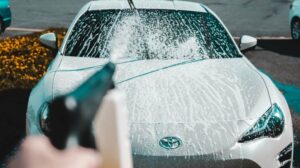
Owning a cordless pressure washer is a great way to keep the exterior surfaces of your home clean. With the right maintenance, you can maximize
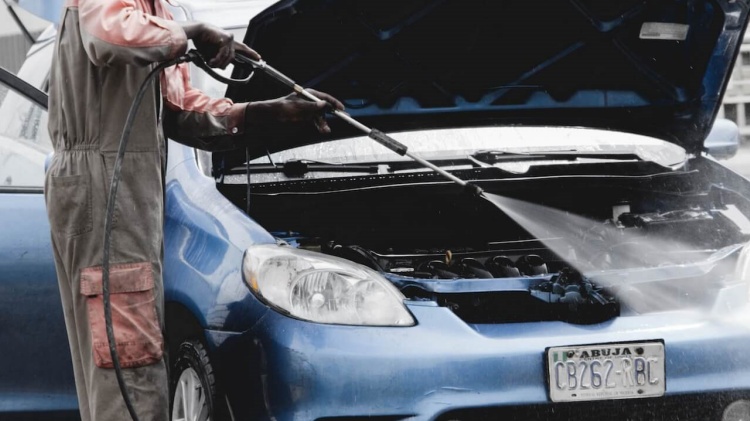
Cordless pressure washers are a convenient and portable way to tackle outdoor cleaning tasks. However, like any power tool, they can develop issues that prevent
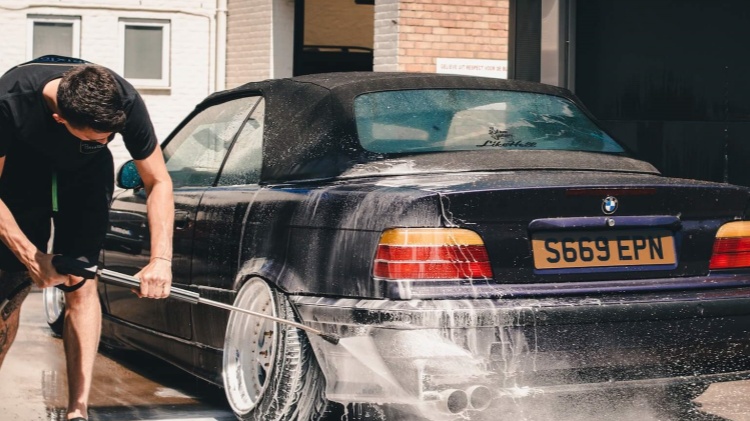
Cordless pressure washers provide an easy and effective way to clean your car at home. Their portability allows you to quickly blast away dirt and
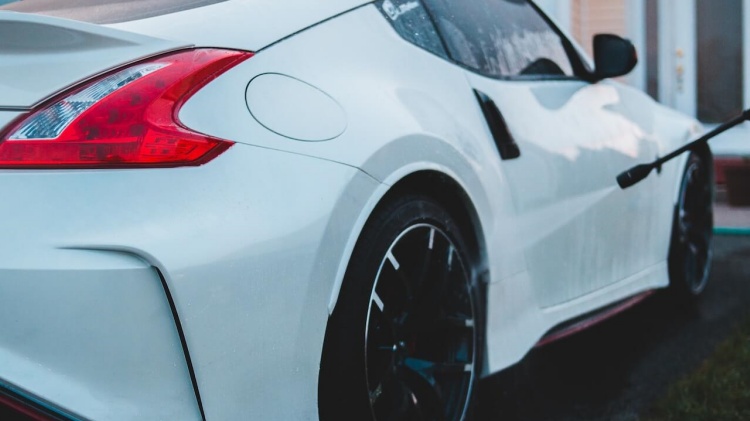
Cordless pressure washers make cleaning outdoor surfaces much easier thanks to their portability and powerful cleaning action. If you’re new to pressure washing, it can

Owning a cordless pressure washer is a great way to keep the exterior surfaces of your home clean. With the right maintenance, you can maximize
Copyright © 2024 cordlesspressurewashers. All Rights Reserved.